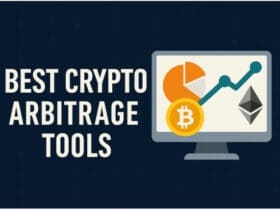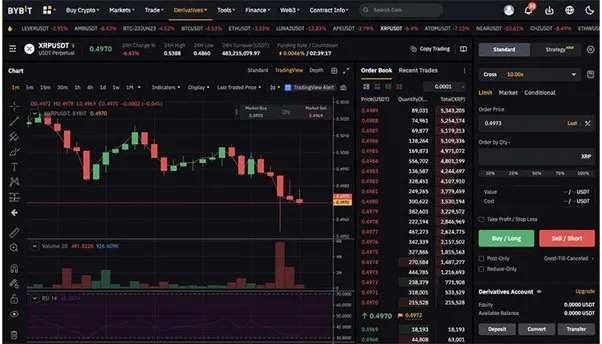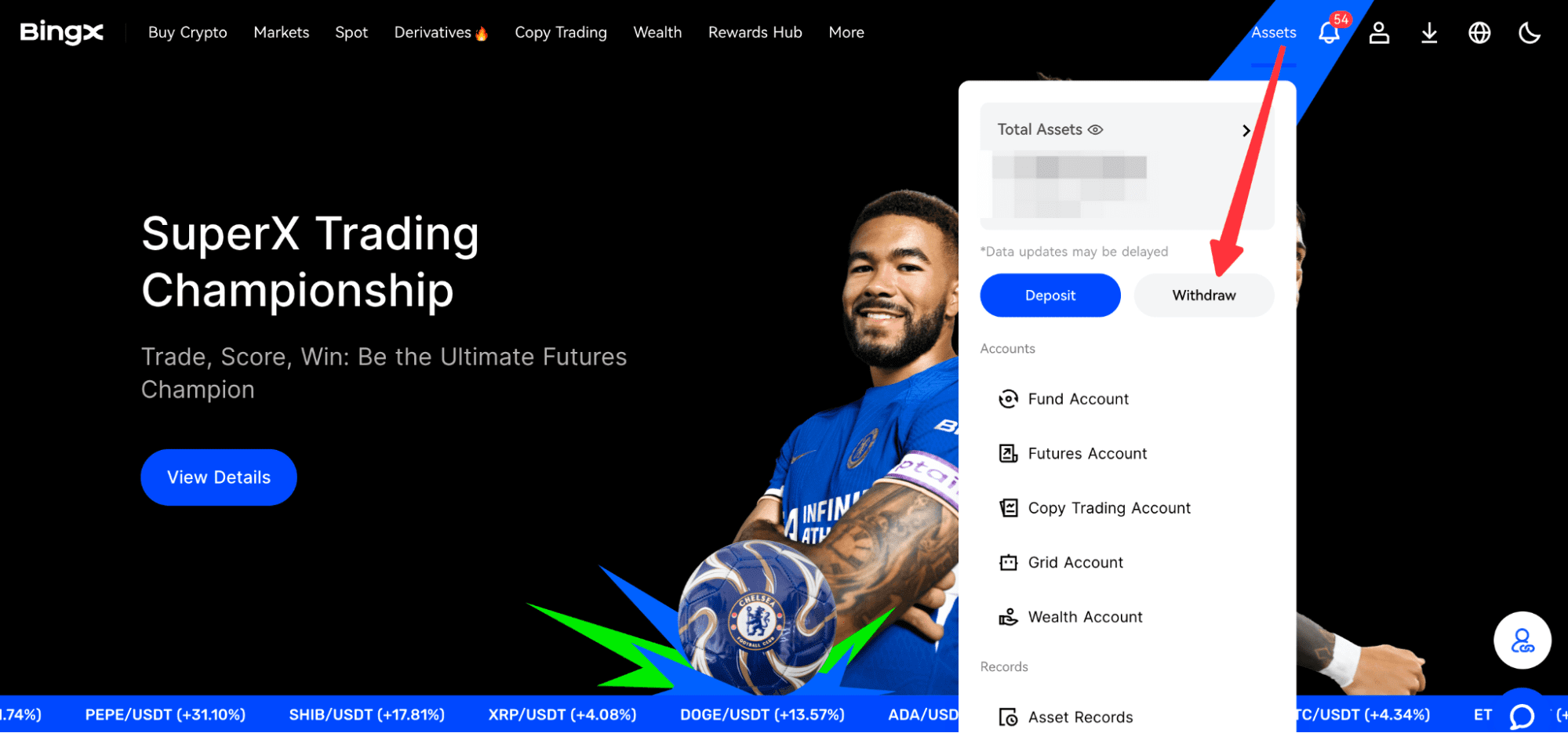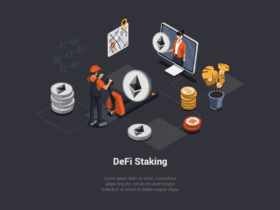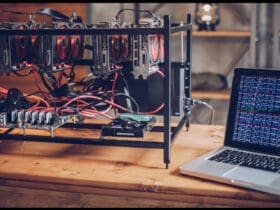This article will show how to incorporate AI in crypto trading. You’ll learn how AI performs market trend analysis, how it automates trades, and how it increases decision-making accuracy.
We will also discuss tools, strategies, and practices that improve trading efficiency while preserving risk exposure, providing value to novice and advanced traders alike.
Understanding AI In Crypto Trading
Crypto trading employs AI to study market trends, forecast prices, and automate trading decisions through the use of machine learning, algorithms, and data analytics.
AI recognizes patterns within the immense data from exchanges, news, and social networks, and identifies trends that are too complex for human cognition.
Predictive analytics, sentiment analysis, automated trading bots, and AI portfolio management allow traders to make split-second decisions and minimize emotional bias. AI enhances and optimizes trading in the crypto market.
How To Use AI for Crypto Trading
Using AI for Crypto Trading: Pionex Example
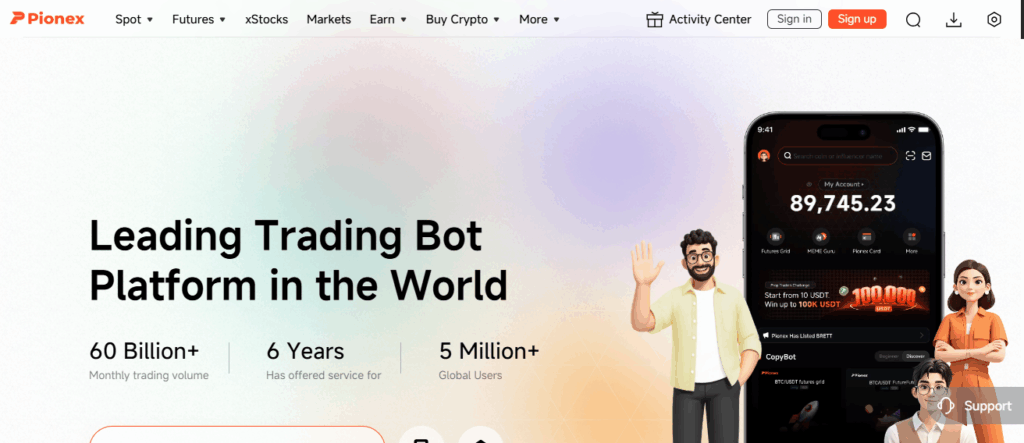
Step 1: Sign Up and Connect Your Exchange
Create an account on Pionex and link it to your preferred crypto exchange securely. Ensure API keys are set up correctly for trading automation.
Step 2: Choose an AI Trading Bot
Pionex offers multiple AI trading bots, such as the Grid Trading Bot. This bot automatically buys low and sells high within a set price range.
Step 3: Set Your Strategy
Define parameters like trading pair, investment amount, grid levels, and risk tolerance. The AI uses historical data to optimize these settings.
Step 4: Start the Bot and Monitor Performance
Launch the bot to start automated trading. The AI continuously scans the market and executes trades according to your strategy. Monitor performance regularly and adjust settings if needed.
Step 5: Risk Management
Set stop-loss limits and diversify across bots or crypto assets. Even though AI automates trading, human oversight is crucial to handle unexpected market changes.
How AI Works in Crypto Trading
Data collection and analysis:: AI collects and analyzes extensive data on crypto market prices and volumes, news, and social media sentiment for decision-making.
Pattern recognition & predictive modeling: AI analyzes historical data, identifies trends, and forecasts potential price movements, thereby enhancing predictive modeling for trading strategies.
Algorithmic trading: AI executes trading orders automatically according to trading strategies, market conditions, and pre-defined rules, and thereby eliminates human biases.
Risk management: AI assesses risks by gauging volatility, predicting stop-loss and probable liquidation points, and optimizing crypto asset distribution to minimize losses.
The Role of Crypto Trading Bots
Automated trading bots are software tools for crypto trading executed automatically. They assess market information, track and record prices, and spot opportunities more quickly than people do.
Bots mitigate emotional trading, trade around the clock, and apply strategies, including gird trading, arbitrage, and trend following.
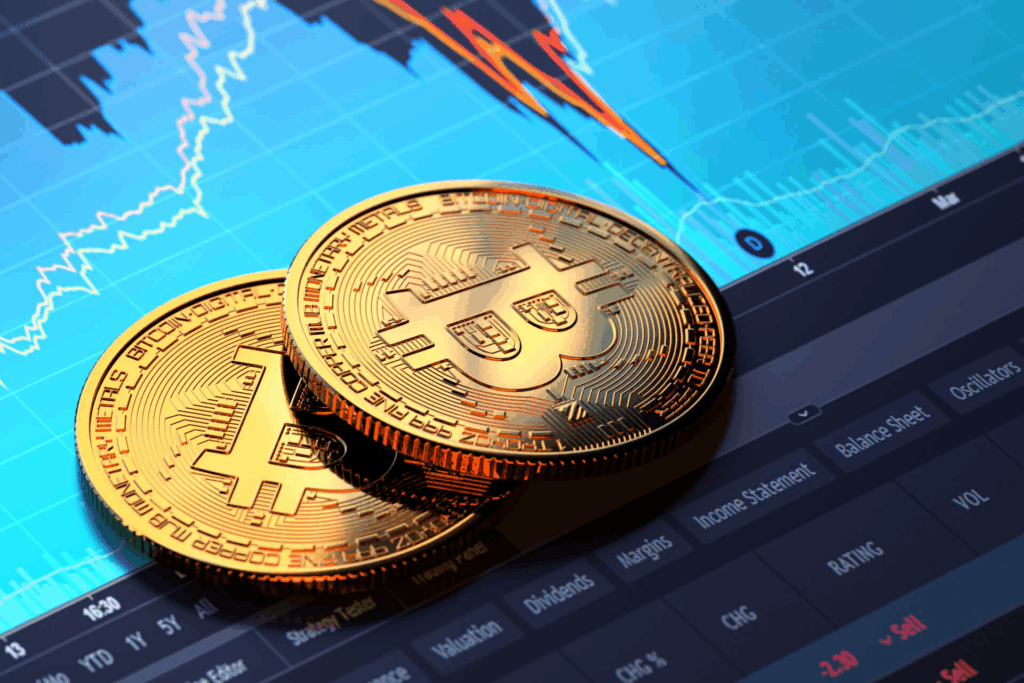
They enhance trading consistency, and user efficiency, however, they are still volatile and need to be monitored regularly for proper management to account for risks.
Risks and Limitations of AI in Crypto Trading
Market volatility and unexpected events: AI cannot completely foresee market crashes, changes in regulation, or global events, which could result in unexpected losses when trading.
Dependence on data quality: AI decision making is contingent on data being accurate and timely. Low quality and incomplete data will result in poor predictions and losses.
Overfitting and strategy errors: AI models could demonstrate success on historical, back-tested data and then prove unprofitable in live markets, leading to disastrous trading losses.
Cybersecurity risks and platform reliability: Automated AI trading is susceptible to hacking, platform unreliability, and withdrawal risks, which could interrupt order execution and trade strategies.
Best Practices for AI Crypto Trading
Combine AI with human oversight
Although AI can fully automate crypto trading, human supervision helps ensure that strategies can adapt when the market behaves in unexpected ways to minimize losses.
Start small and scale gradually
After gaining confidence in the AI’s performance, you should start with a small amount of capital and then increase it gradually.
Regularly update AI models
To ensure that the AI models keep their predictive value, you should update and adapt the algorithms to fresh market data.
Stay informed about crypto market trends and regulations
Monitor the news and the regulatory environment, as well as evolving technology, to ensure that the AI remains aligned with current market conditions and legal requirements.
Future of AI in Crypto Trading
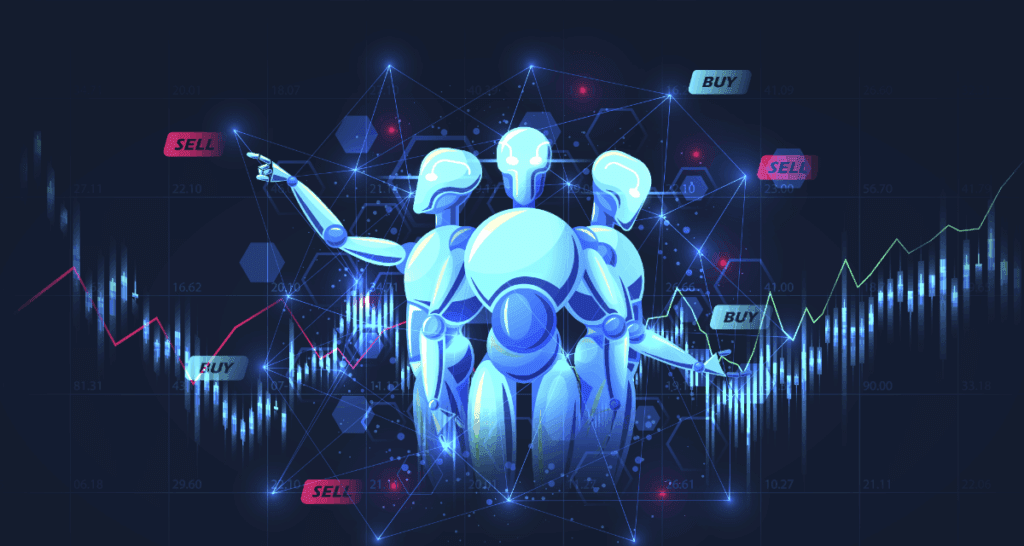
Advancements in machine learning and predictive analytics: AI will become smarter at analyzing complex market patterns, improving accuracy in predicting price movements and trading opportunities.
Potential for fully autonomous crypto trading: Future AI systems may manage entire portfolios independently, executing trades, rebalancing assets, and optimizing profits without human intervention.
Integration with DeFi, NFTs, and other blockchain sectors: AI could expand beyond traditional trading, analyzing decentralized finance, NFTs, and emerging blockchain markets for new opportunities and strategies.
Pros and Cons
| Pros | Cons |
|---|---|
| Faster decision-making: AI analyzes large datasets and executes trades much faster than humans. | Market volatility risk: AI can’t fully predict sudden crashes or unexpected events. |
| Reduced emotional bias: Automated trading removes human fear and greed from decision-making. | Dependence on data quality: Poor or incomplete data can lead to wrong predictions. |
| 24/7 trading: AI bots can operate around the clock without breaks. | Overfitting and strategy errors: Models may fail if they are too tuned to historical data. |
| Backtesting and strategy optimization: AI can simulate strategies on historical data before live deployment. | Cybersecurity and platform risks: Hacks or unreliable platforms can compromise funds and trading performance. |
| Portfolio management: AI can optimize asset allocation and risk management automatically. | Limited flexibility: AI may struggle with sudden market shifts requiring human intuition. |
Conclusion
To sum up, the automation of strategy execution, market trend analysis, and decision optimization makes AI invaluable in transforming crypto trading.
While the advantages of automation in trading, accuracy, and portfolio management are significant, it is still necessary to address the importance of human supervision, active risk mitigation, and constant adaptation.
AI offers crypto traders significant opportunities while reducing potential risks. Taking the right approach to selecting a trading platform, starting with a small investment, and remaining educated makes the use of AI in trading both effective and safe.
FAQ
AI crypto trading uses algorithms and machine learning to analyze markets and automate trades.
No, many platforms are beginner-friendly, though understanding basic trading concepts helps.
Examples include Pionex, 3Commas, and Bitsgap.
No, AI improves decision-making but cannot eliminate market risks.
Start small to test strategies, then scale gradually.

